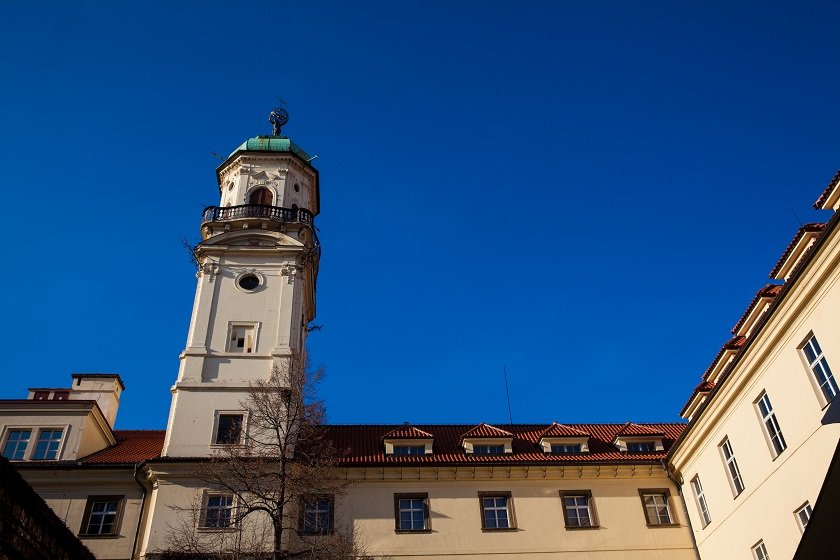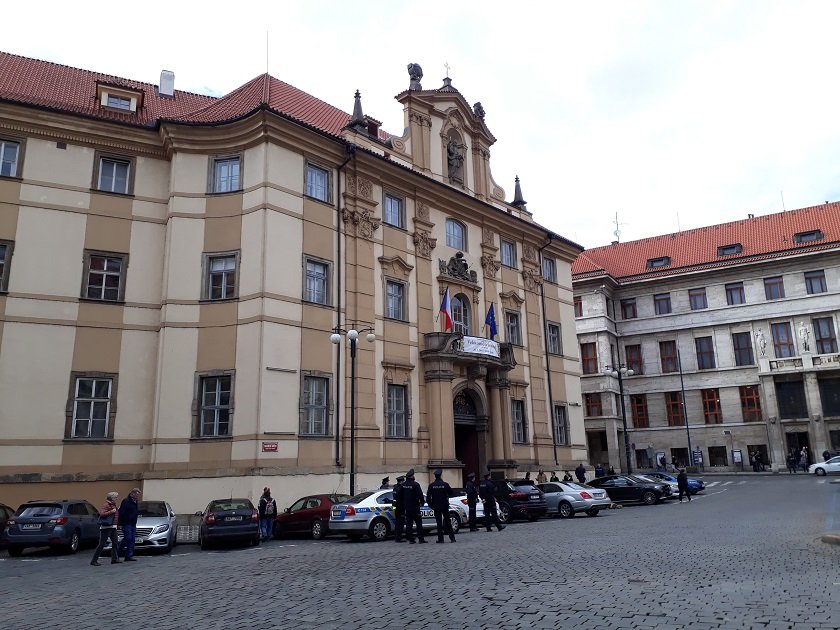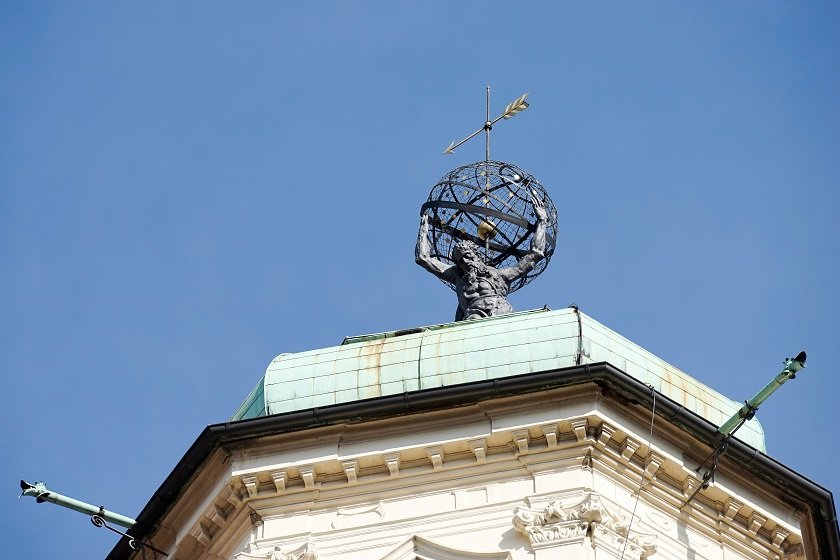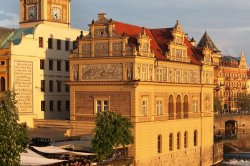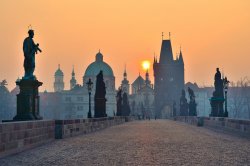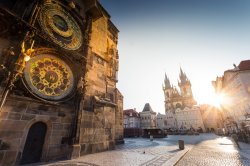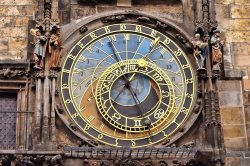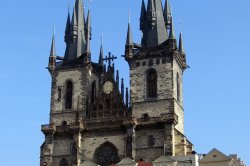Klementinum
The Klementinum (or the Clementinum) is closely connected with humanities, astronomy and mathematics. This important building was originally built as a Jesuit college and its large complex housed different schools over the course of history. The original library of the Charles University, which became the basis for the National Library, has always been an important part of the Klementinum. Nowadays, most of the Klementinum grounds are used and administered by the National Library.
Useful information for visitors
Public transport connections
Staroměstská bus stop, tram stop, metro station (green line)
Opening hours and admission
Tours take place daily and include the Baroque Library Hall, the Meridian Hall and the Astronomical Tower. For up-to-date information about the tours visit www.klementinum.com.
Interesting facts about Klementinum
The vast complex of the Klementinum is one of the largest wedding venues in Europe. It was constructed in the high Baroque style, although several minor Classicist adjustments also left their mark on the building. The Klementinum complex also includes St Salvator Church, St Clement’s Cathedral , the Chapel of the Assumption of the Virgin Mary, the Chapel of Mirrors, the Chapel of St John of Nepomuk and, last but not least, the Astronomical Tower, where the Observatory was housed until 1938.
The history of the Klementinum is linked with the Jesuits who ran their own school there as a counterbalance to the Protestant Charles University, until both universities were merged. Humanities and natural sciences, mainly astronomy and mathematics, were studied and developed at the Klementinum. The original Observatory can even boast historically the greatest number of systematic meteorological observations in Central Europe.
LIBRARY OF KLEMENTINUM
The Baroque Library was first opened in 1722 as part of the Jesuit University and is today considered one of the most beautiful libraries in the world, mainly thanks to its magnificent ceiling frescoes created by painter Jan Hiebl. There are more than 20,000 volumes and since 1990 the library has carried its original name from 1781– the National Library.
